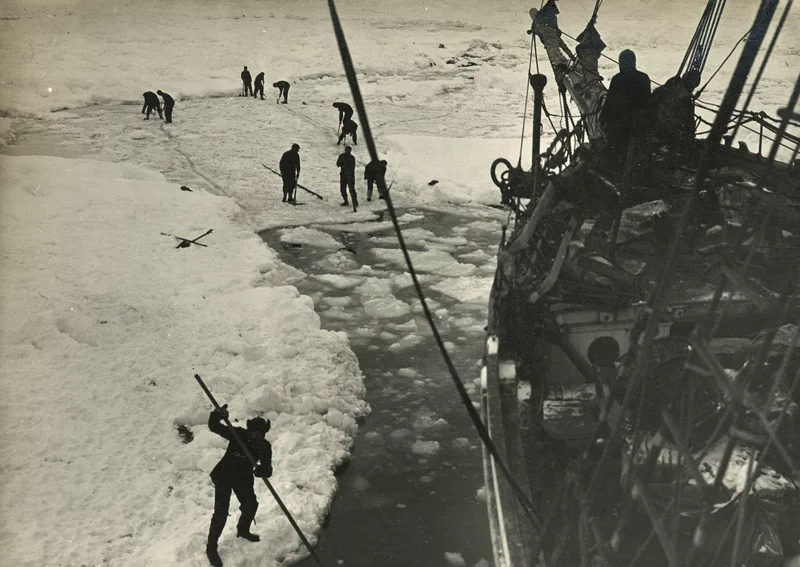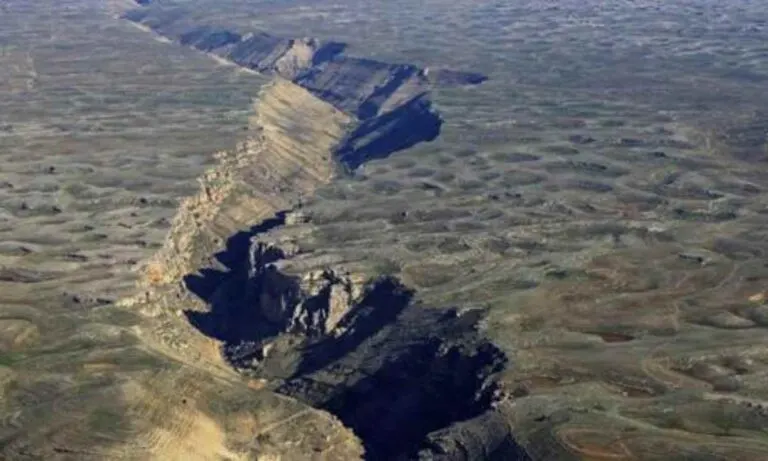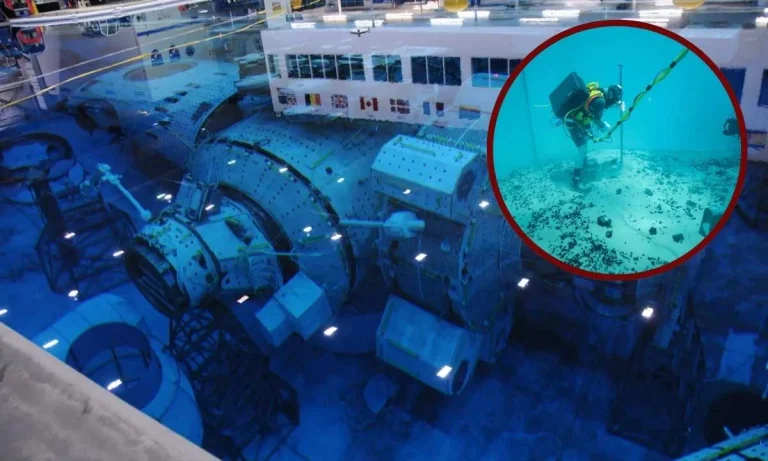This Ship’s Crew Was Stranded For 1.5 Years On The Ice of Antarctica!
The Imperial Trans-Antarctic Expedition of 1914–1917 is considered one of the last major expeditions of the Heroic Age of Antarctic Exploration. Led by Sir Ernest Shackleton, the goal was to be the first to cross the Antarctic continent by land. They did not achieve this goal. However, their journey became an incredible story of survival after the crew was stranded on the ice for almost 1.5 years! They survived temperatures sometimes as low as −20 °F (−29 °C) with seal meat, penguins, and even their dogs.
The ship, the Endurance, was trapped and crushed by ice. Shackleton and his men endured harsh conditions but eventually secured their own rescue with an 800-mile journey in a lifeboat. Surprisingly, their journey was also caught on camera. The story once again came to life in 2022, when the ship was located in the ocean depths. Let’s have a look at the story.
The Beginning of the Journey
In 1914, Sir Ernest Shackleton set out on the Imperial Trans-Antarctic Expedition, hoping to cross Antarctica. The ship chosen for this mission was the Endurance. Designed specifically for polar conditions, it had its launch to the waters in 1912. The expedition began and the ship left the UK in August 1914.
This is also one of the most photographed journeys in history. Frank Hurley, the expedition’s photographer captured the iconic moments. Some reports say that in total darkness of the polar night, around 20 charges of flash powder were used to illuminate the ship for the photo.
The ship faced significant sea ice cover soon after leaving South Georgia on December 5. By January 18, 1915, Endurance was trapped in the ice of the Weddell Sea. Shackleton’s leadership was crucial as the crew adjusted to life on the ice. He remained optimistic, telling the crew they would have to winter in the pack ice. One of the ship’s surgeons, Alexander Macklin, recalled Shackleton’s calm and prepared demeanor despite the harsh situation.

Trapped in Ice: The Endurance’s Struggle
Life on the ice was challenging, to say the least. The crew set up makeshift camps and established routines to survive the harsh Antarctic winter. They adapted by salvaging supplies from the wreck and making the best of their situation. Often the temperatures were sometimes as low as −20 °F (−29 °C).
They got supplies including bibles, books, clothing, tools, and keepsakes. According to some reports, some of the younger dogs were sadly shot as they were too small to pull their weight.
The ice eventually crushed the Endurance, and the ship sank, leaving the crew to survive on the ice floes.


The initial plan to march across the ice toward land proved too difficult. They only managed seven and a half miles in seven days. They set up camp again, drifting slowly north with the ice.
“There was no alternative. But to camp once more on the floe and to possess our souls with what patience we could till conditions should appear more favorable for a renewal of the attempt to escape.”
Shackelton wrote.
On April 7, 1916, they saw the peaks of Clarence and Elephant Islands, giving them hope. The ice finally broke on April 9, and they launched their lifeboats, facing the open ocean.
The Epic Journey to Elephant Island
The journey to Elephant Island in lifeboats was grueling. The crew battled freezing spray, frigid water, and seasickness.
“at least half the party was insane.”
Frank Wild, Shackleton’s second-in-command, wrote.
Captain Frank Worsley somehow navigated through the challenging conditions. After 6 days, they reached Elephant Island on April 15, 1916. The men were exhausted, many were seasick, and some suffered from dysentery, but they had made it to land. It was the first time after 497 days, they had stepped their feet on dry land.
Survival on Elephant Island
On Elephant Island, the crew established a permanent shelter using upturned lifeboats, creating a structure they called the “Snuggery.” They survived on seal meat, penguins, and their dogs. Frank Wild, second-in-command, managed the camp and maintained routines to keep morale high, even as food supplies dwindled.
“The boat tossed interminably on the big waves under grey, threatening skies. Every surge of the sea was an enemy to be watched and circumvented. Even as they were within touching distance of their goal, the elements hurled their worst at them. The wind simply shrieked as it tore the tops off the waves. Down into valleys, up to tossing heights, straining until her seams opened, swung our little boat.”
Shackleton wrote.
Health issues arose among the crew members. Blackborow’s toes became gangrenous from frostbite, requiring an amputation by the ship’s surgeons, Macklin and McIlroy. Despite their efforts, the lack of food and the dense pack of ice surrounding the island made them almost give up hope.


Seeking Help From A station over 800 miles away!
Shackleton, Worsley, and four others set out in one of the lifeboats, the James Caird, to seek help from a whaling station in South Georgia, over 800 miles away. They faced monstrous waves and fierce winds for 16 days before landing on the wrong side of the island. Shackleton, Worsley, and Tom Crean then trekked across mountains and glaciers to reach the station at Stromness.
Shackleton’s arrival at the whaling station was dramatic. An old Norwegian whaler recalled Shackleton’s quiet introduction: “My name is Shackleton.” This marked the beginning of the end of their ordeal.
Arriving safely at the closest whaling station, Shackleton uttered his first words in 18 months. “My name is Shackleton. Tell me when was the war over?” Sadly the reply to him was: “The war is not over…millions are being killed. Europe is mad. The world is mad.”

The Return to Rescue on Elephant Island
The rescue mission to Elephant Island was fraught with challenges. Once the other three members of the James Caird were rescued, attention soon turned to the rest of the 22 men left behind on Elephant Island. The final effort became the hardest and most time-consuming of all.
“Lash up and stow. The Boss may come today!”
Wrote Shackelton to Frank Wild. (the second-in-command who Shackelton left the rest of the crew on the island)
The first ship ran low on fuel and had to turn back. A second ship from Uruguay also failed to reach the island due to pack ice. Finally, the Chilean ship Yelcho succeeded in rescuing the crew on August 30, 1916, 128 days after the James Caird had left. Every member of the Endurance crew was alive and safe.
Sunken Ship Found in 2022!
The Imperial Trans-Antarctic Expedition had a significant impact on Antarctic exploration. Shackleton’s leadership and the crew’s survival story have inspired many future expeditions.
In 2022, scientists located the sunken Endurance in the Weddell Sea, using submersibles and undersea drones. ‘The Endurance’ had lodged in beneath 10,000 feet deep clear and icy waters. The photos of the wreck were stunning, providing a glimpse into this historic journey.
“We have made polar history with the discovery of Endurance, and successfully completed the world’s most challenging shipwreck search.”
John Shears, the leader of Endurance22.


Shackleton’s Death
After the expedition, Shackleton launched one more Antarctic expedition but appeared weaker and more drained. On January 5, 1922, Shackleton died of a heart attack at the age of 47. His death marked the end of an era for his team, who later visited Elephant Island, reflecting on their incredible journey.

Conclusion
The Imperial Trans-Antarctic Expedition is a testament to human endurance and leadership. Shackleton and his crew’s story continues to inspire, reminding us of the power of determination and resilience in the face of overwhelming odds. For those interested in the mysteries and wonders of our world, this journey remains one of the greatest tales of survival ever told.
Also read,







